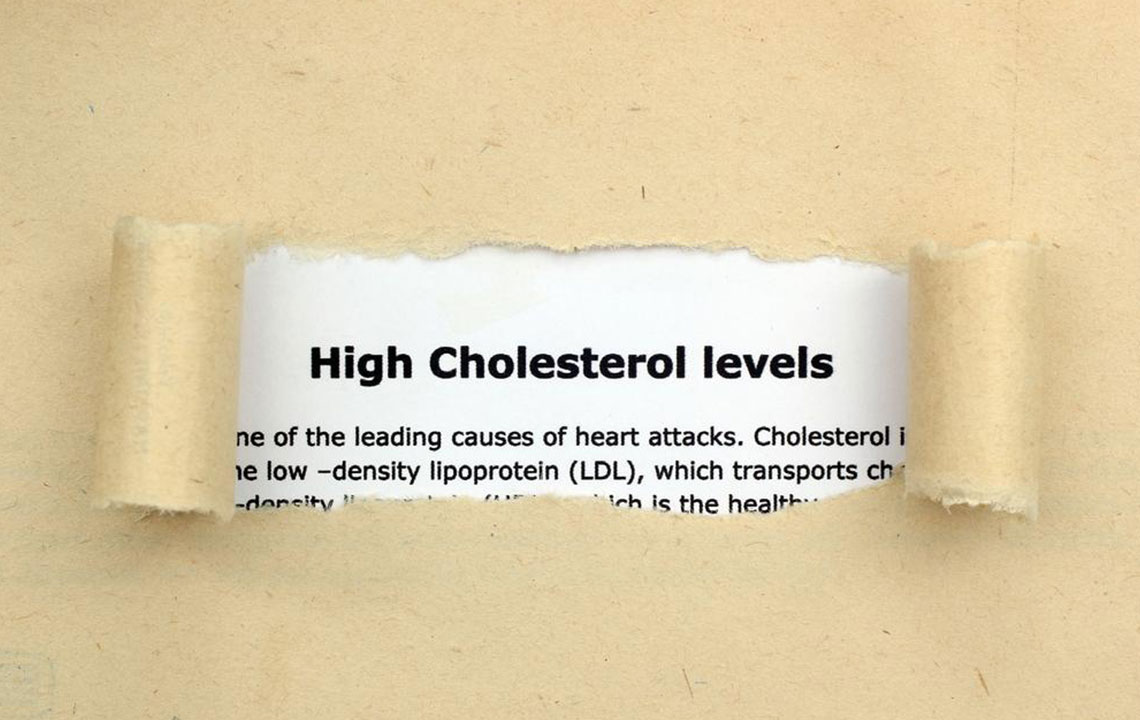Understanding Blood Clots: Causes and Management Strategies
This article explores the causes of blood clots, including surgery, inactivity, and medical conditions, and offers practical advice on prevention and management. Key factors like atherosclerosis, arrhythmias, and lifestyle habits are discussed, along with treatment options such as compression stockings and lifestyle modifications. Understanding these causes can help reduce the risk of dangerous clot-related health issues and promote better vascular health. Always seek professional medical advice for diagnosis and treatment tailored to individual needs.

Blood clots can range from harmless to life-threatening, depending on various factors. An internal clot that remains stationary and dissolves naturally might go unnoticed, but if it moves toward vital organs such as the heart, lungs, or brain, it can cause serious problems. Failure of blood to clot after an injury can also result in dangerous bleeding. Curious about how blood clots develop internally? Learn more here.
To understand how blood clots form internally, it's important to explore the underlying causes.
Common Causes
Several factors can contribute to the formation of internal blood clots, including:
Surgical Procedures: Recent surgeries, especially those involving blood vessel repair or heart operations, increase clot risk.
Prolonged Immobility: Extended periods of inactivity, such as bed rest after illness or long flights, can lead to blood pooling in the legs, raising the chances of deep vein thrombosis (DVT) or pulmonary embolism (PE), especially in individuals over 65.
Build-up of Plaque: Excess cholesterol can cause fatty deposits within arteries, a condition known as atherosclerosis. These plaques may rupture, causing clots that can damage the heart or trigger a heart attack.
Arrhythmias: Conditions like atrial fibrillation disrupt normal heart rhythms, leading to blood pooling and clot formation which can travel to the brain and cause strokes.
Diabetes: This condition increases blood clotting tendencies. According to the American Heart Association, nearly 80% of diabetic patients face a risk of death from clot-related issues.
Smoking: Long-term smoking damages blood vessel linings, increasing clot formation risks.
Obesity: Excess weight slows blood flow and puts pressure on veins, compounding risks, especially alongside inactivity and diabetes.
Pregnancy and Post-Cesarean: Pregnancy enhances clotting factors, and C-sections further elevate the risk of clot development.
Management and Prevention
Treating blood clots depends on their severity and underlying causes. While medical consultation is essential, some lifestyle changes and over-the-counter options may be helpful:
Wearing compression stockings can improve blood flow in the legs, particularly after DVT episodes.
Regular walking and movement help maintain healthy circulation. Always consult your doctor before increasing activity, especially if you have heart or diabetic conditions.
Avoid sitting for prolonged periods; stand and move every hour.
Work with healthcare professionals to achieve and maintain a healthy weight. Avoid drastic dieting methods.
Stay well-hydrated, as dehydration can cause blood to thicken, raising clot risks.
Note: Our blog provides broad health insights. While our research aims to be accurate, consult healthcare professionals for personalized advice. We are not responsible for inconsistencies or missing details related to other sources or offers.









